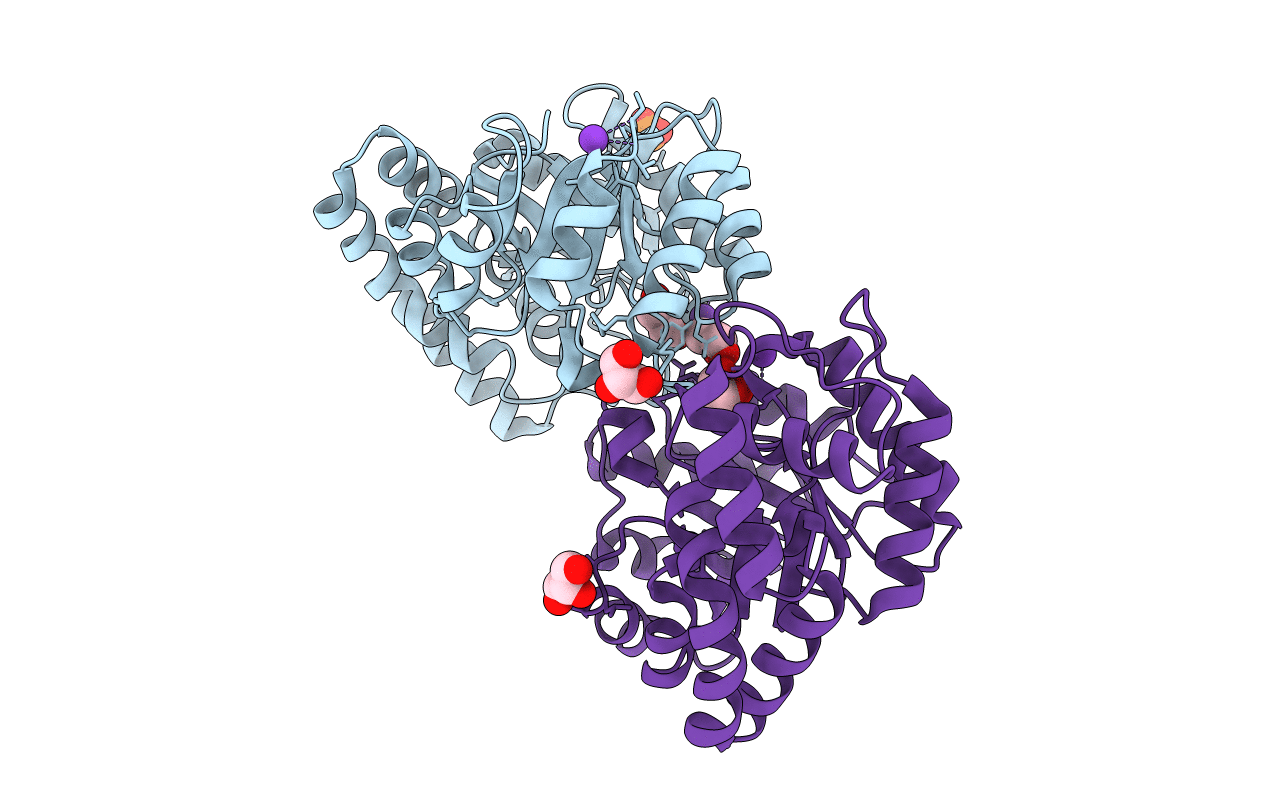
Deposition Date
2009-07-08
Release Date
2010-04-14
Last Version Date
2023-09-06
Method Details:
Experimental Method:
Resolution:
2.00 Å
R-Value Free:
0.23
R-Value Work:
0.20
R-Value Observed:
0.20
Space Group:
P 31 2 1


